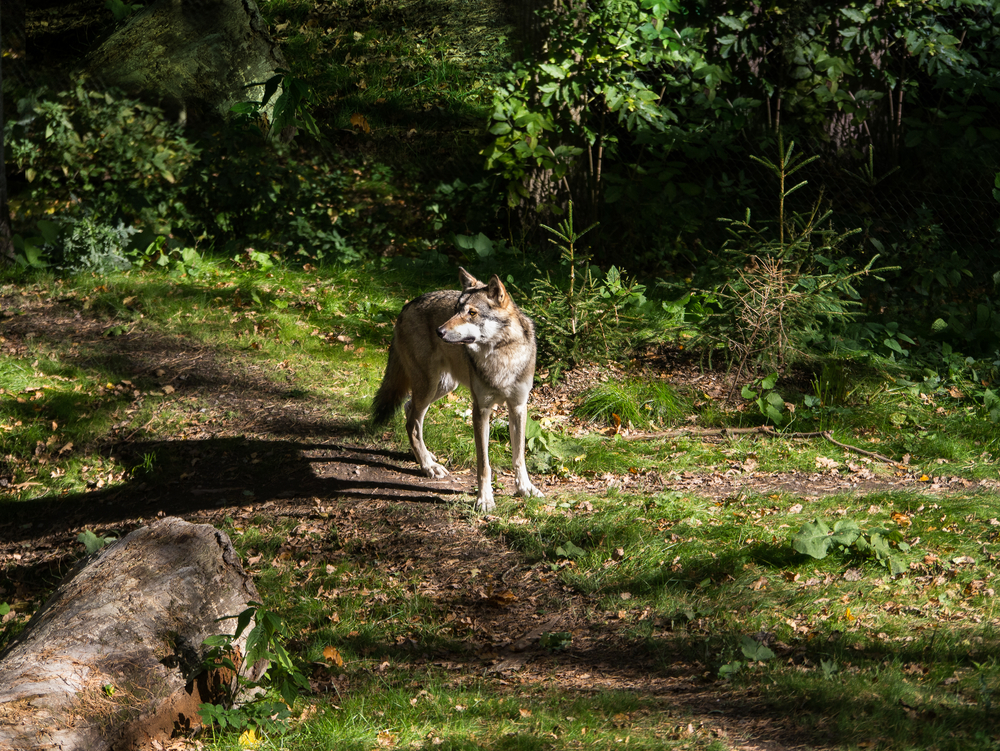The wolf population in Sweden has already declined by approximately 20%
Others are reading now
Wolves have long fascinated humans, symbolizing strength, wilderness, and a delicate balance within ecosystems.
These apex predators play a vital role in maintaining healthy environments, controlling prey populations, and preserving biodiversity.
Yet, their interactions with human activities, particularly livestock farming, often ignite heated debates.
Sweden, home to a population of the Eurasian wolf (Canis lupus lupus), is at the center of one such controversy.
Also read
Population Already Declined by 20%
This week, Sweden began implementing a plan to cut its wolf population nearly in half, sparking fierce criticism from conservationists and wildlife advocates.
According to Tag24 the Swedish government has approved the culling of five wolf families, totaling 30 animals, with the broader goal of reducing the national population from 375 to a minimum of 170 wolves.
Officials claim this figure represents a “favorable conservation status,” ensuring the species’ long-term survival.
The wolf population in Sweden has already declined by approximately 20% over the past two years.
Environmental groups argue that reducing the population further risks violating international agreements such as the Berne Convention, which mandates sustainable numbers for protected species.
The European Union, however, has signaled a shift toward relaxed hunting regulations, proposing greater leeway for member states to manage their wolf populations.
Criticism has also been directed at a recent EU decision to downgrade the wolf’s status from “strictly protected” to “protected.”
This change, coupled with Sweden’s cull, has alarmed conservationists.
Magnus Orrebrant, head of the Swedish Carnivore Association, expressed deep concerns, while Léa Badoz of Eurogroup for Animals warned that “lowering protections won’t resolve coexistence issues or benefit farmers.”
Proponents of the cull argue that it is necessary to address tensions between wolves and livestock owners, citing predation incidents as justification.
However, opponents believe that better management strategies, such as enhanced fencing and compensation for livestock losses, could mitigate conflicts without endangering wolf populations.

